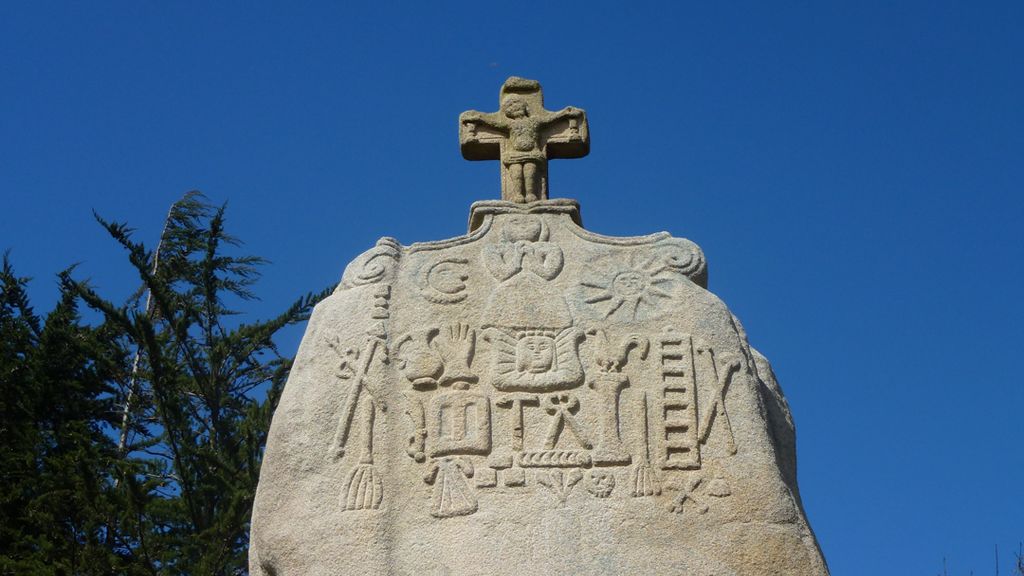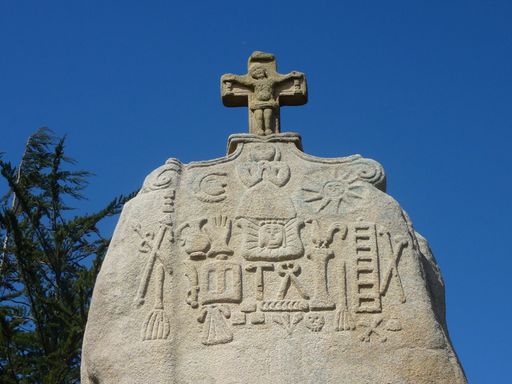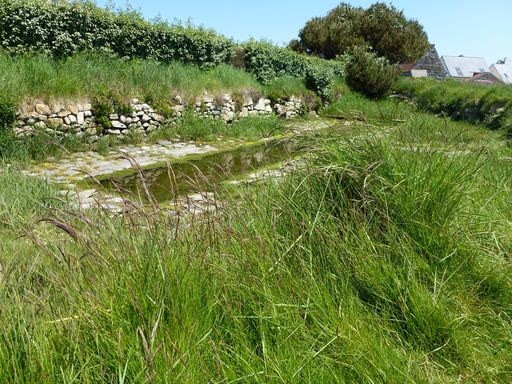
Saint Uzec menhir
Pleumeur-Bodou

About
A menhir 7.40 m high and 2 m wide stands in Saint-Uzec. Imagine our Neolithic ancestors transporting this huge block of granite weighing 60 tonnes! These megaliths probably fulfilled a religious role, although our understanding of their purpose remains limited. In the seventeenth century, the Saint-Uzec menhir was Christianised. A cross was added at the top and images of the Passion carved onto the south face. Walk along the side of the Chapel dating from the sixteenth century. Further downhill, you will see a fountain. Water was drawn from this fountain to increase the milk supply of sows after they had farrowed.


The marina (Trozoul)
Trébeurden
Several hundreds of millions of years old, granite is timeless. Even now, its high quality makes it a material of choice for many uses. The marine bears testament to this: its wall was built from...  See
See


Saint Uzec menhir
Pleumeur-Bodou
A menhir 7.40 m high and 2 m wide stands in Saint-Uzec. Imagine our Neolithic ancestors transporting this huge block of granite weighing 60 tonnes! These megaliths probably fulfilled a religious...  See
See


Lavoir at Run Losquet (Île Grande)
Pleumeur-Bodou
This large, traditional "lavoir" – an open-air pool or basin set aside for clothes to be washed – is located on Île Grande and dates from the nineteenth century. Two sources supply it and can be...  See
See


Golgon
Trégastel
In the sixteenth century, the lords of Lannion ordered the chapel to be built near to a sacred fountain. The building was enlarged at the start of the eighteenth century by the De Launay-Nevet...  See
See




